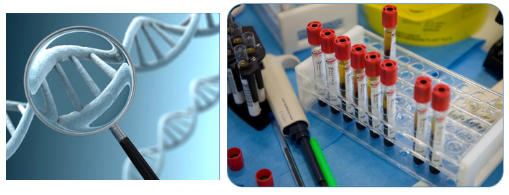
The presence of the smell of rotten fish is indicative, especially in the most severe cases. However, odour-based diagnosis is unreliable because odour is often episodic and not everyone can perceive that of trimethylamine. Also, based on the smell, trimethylaminuria can be difficult to distinguish from other conditions that give rise to an unpleasant body odour.
Diagnosis of TMAU is based on:
- on dosage of trimethylamine (TMA) and trimethylamine N-oxide (TMAO) in the urine.This analysis is carried out after the administration of 5g of choline dissolved in orange juice or by administering a fish-based meal (300 g). This determination makes possible to distinguish carriers of the condition from unaffected individuals. It is based on the determination of the ratio of TMAO to TMA with normal reference values ≥0.90.
- on genetic testing,based on the search for specific variants in the FMO3 gene related to a more or less severe impairment of enzymatic function. The FMO3 gene maps to chromosome 1q23-q25 and is made up of nine exons. However, some people with TMAU may not have variants in this gene. For this reason, it is not possible to exclude that variants in other genes may contribute to the onset of TMAU.
